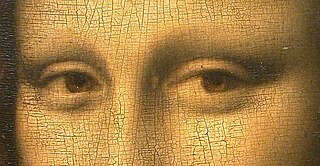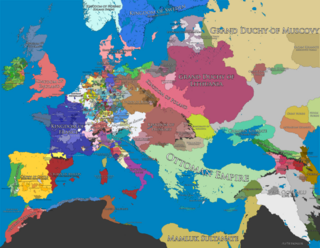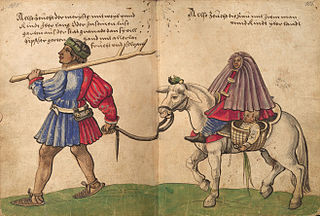
The 1490s decade ran from January 1, 1490, to December 31, 1499.

Year 1503 (MDIII) was a common year starting on Sunday of the Julian calendar.

Year 1500 (MD) was a leap year starting on Wednesday of the Julian calendar. The year 1500 was not a leap year in the proleptic Gregorian calendar.
The 1470s decade ran from January 1, 1470, to December 31, 1479.

The 1500s ran from January 1, 1500, to December 31, 1509.

Year 1537 (MDXXXVII) was a common year starting on Monday of the Julian calendar.

Year 1524 (MDXXIV) was a leap year starting on Friday of the Julian calendar.
Year 1502 (MDII) was a common year starting on Saturday of the Julian calendar.

Year 1501 (MDI) was a common year starting on Friday of the Julian calendar.
Year 1497 (MCDXCVII) was a common year starting on Sunday of the Julian calendar.
Year 1479 (MCDLXXIX) was a common year starting on Friday of the Julian calendar).

Year 1470 (MCDLXX) was a common year starting on Monday of the Julian calendar.
Year 1452 (MCDLII) was a leap year starting on Saturday of the Julian calendar.

Vasco da Gama, 1st Count of Vidigueira, was a Portuguese explorer and the first European to reach India by sea.

Girolamo Savonarola, OP or Jerome Savonarola was an ascetic Dominican friar from Ferrara and a preacher active in Renaissance Florence. He became known for his prophecies of civic glory, his advocacy of the destruction of secular art and culture, and his calls for Christian renewal. He denounced clerical corruption, despotic rule, and the exploitation of the poor.

Girolamo Benivieni was a Florentine poet and a musician. His father was a notary in Florence. He suffered poor health most of his life, which prevented him from taking a more stable job. He was a leading member of the Medicean Academy, a society devoted to literary study. He was a friend of Giovanni Pico della Mirandola (1463–1494), whom he met for the first time in 1479; it was Pico della Mirandola who encouraged him to study Neoplatonism. In the late 1480s, he and Pico della Mirandola became students of Dominican friar Girolamo Savonarola (1452–1498). In 1496, he translated the teachings of Savonarola from Italian to Latin. After he began following Savonarola, he rejected his earlier poetry and attempted to write more spiritually. He participated in Savonarola's Bonfire of the Vanities, and documented the destruction of art worth "several thousand ducats".
The decade of the 1490s in art involved some significant events.
The decade of the 1470s in art involved some significant events.

Francisco de Remolins (1462–1518) was a Spanish Roman Catholic bishop and cardinal.
Domenico Benivieni or Dominicus Benivenius was an Italian religious.












